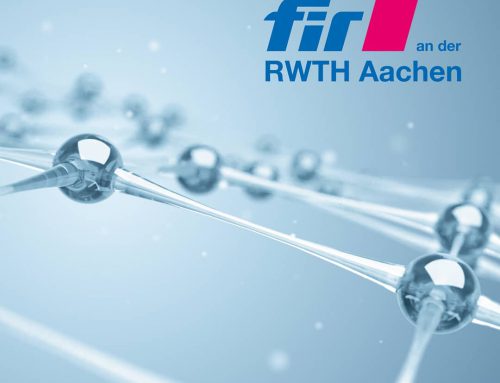An earlier article was devoted to the influence of drones on agriculture and their use in crime fighting. In this article, we will be looking at what the impact is of drones on nature. We will see why drones are used, we will describe some examples of drones giving scientists a better insight into wild life, and finally we will briefly review the role of drones in anti-poaching operations.
Why drones?
Before there were drones, scientists used small aircraft and/or helicopters to observe animals in the wild. This had various disadvantages: if you flew too high you would get poor footage when filming from high above, but if you flew too low you would disturb the natural life of the animals. Besides, planes needed fuel and they needed a runway to be constructed and maintained, which are both costly aspects. Apart from this, the planes themselves
sometimes suffered from technical malfunctioning, so they not only required maintenance but also repair work to prevent accidents.
What are drones for?
Drones are used for various things in nature all over the world. With drones high-resolution pictures can be taken of breeding grounds, and the artificial intelligence in the drones allows biologists to easily count birds, etc. In Spain, for instance, drones showed that kestrels follow harvesting machines during the harvest season in search of prey like small rodents and that insects chased away by the machines also become easy prey. Simple internet research quickly reveals countless other examples of drones being deployed in nature and producing spectacular images.
Drones and poaching
For the average poacher the invention of the drone is a nightmare. In Africa large-scale use is made of drones to protect endangered species such as elephants and rhinos. The 24/7 presence of drones has subsequently led to a significant decrease in poaching.
Research is also done into the effect that drones have on animal behaviour By placing heart monitors in wild animals scientists can measure the effect of a drone flying overhead on these animals. By studying the results of this research, scientists and other users can arrive at an optimum use of drones with minimum impact on wild animal behaviour.






